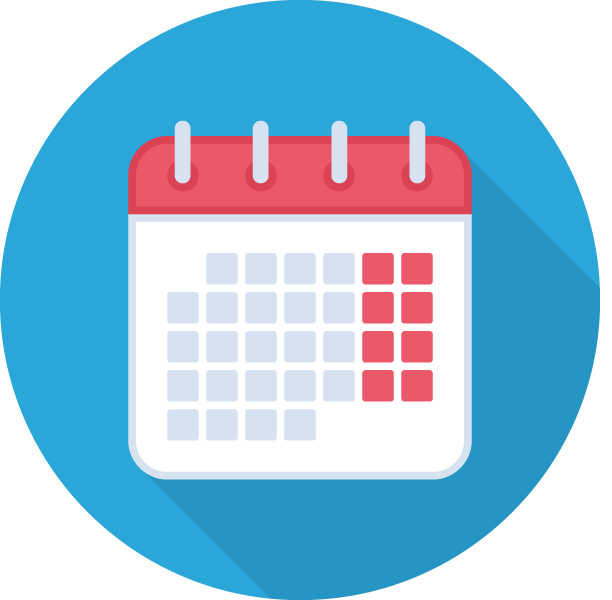
Frequently Asked Questions About Family or Cosmetic Dentistry in Bethesda, MD
Below is a list of questions we get asked most frequently from patients. If you have a question that isn't answered below, please contact us. We want to answer your question and may add it to our list.
Give your teeth the best care by brushing at least twice a day and flossing at least once a day. We recommend brushing once in the morning and once at night before going to bed.
Using toothpaste with flouride is essential. The toothbrush bristles alone cannot always reach in between teeth to remove plaque and bacteria. This is where floss can be effective. Flossing gets between teeth to remove bits of food and plaque, which is a sticky film of decay-causing bacteria.
The following guidelines are important to brushing correctly.
1. Use a soft-bristled brush. Hard bristles on brushes can wear down the enamel of your teeth.
2. Place your brush at a 45 degree angle to your gumline. Bristles should contact both the tooth surface and the gumline.
3. Use short back and forth strokes or tiny circular movements to brush your teeth. Each movement should be no bigger than the size of each tooth.
4. Use gentle strokes while brushing. Gentle strokes are effective in removing plaque. Too much pressure can wear down the enamel of your teeth.
5. Brush all surfaces of each tooth, including the outer, inner, and the chewing surfaces of the teeth.
6. Brush for a full 2 minutes 2 times per day.
1. Take 18" of floss and wind it around the middle finger of each hand .You can use these fingers to take up floss as it becomes dirty. Using your thumb and forefinger, pinch the floss leaving 1-2 inches in between for cleaning.
2. Gently move the floss up and down the spaces of your teeth. Never snap the floss down onto your gums, as it can cause damage.
3. As you move the floss down into the space between two teeth, slide it up and down against the surface of one tooth. Gently clean at the gumline as well. Repeat this for the other tooth.
4. Repeat this process for all of your teeth.
- gums that bleed while brushing
- red, swollen or tender gums
- gums that have pulled away from the teeth
- bad breath that doesn't go away
- pus between your teeth and gums
- loose teeth
- a change in the way your teeth fit together when you bite
- a change in the fit of partial dentures
Periodontal disease can be prevented by practicing good oral hygiene. This includes brushing, flossing, and visiting you dentist regularly. Also, by eating a healthy diet you can get the required vitamins and minerals necessary to promote healthy teeth and gums.
Below are the three most popular teeth whitening options available today.
In-office teeth whitening
In-office teeth whitening works by producing a significant color change in your teeth in short amount of time, usally within an hour. The procedure is done at the dentist's office applying a high-concentration peroxide gel on the teeth after they have been protected with a special shield.
Professionally Dispensed Take-Home Whitening Kits
These whitening kits are purchased from your doctor for use at home. The strength of the gel used in these kits is lower than that used for in-office bleaching, and thus the gel can be applied for longer periods of time. Usually the trays are worn a couple hours a day or overnight for a few days or weeks depending on the product.
Over the counter whitening
Over the counter teeth whitening kits are store-bought and use a lower concentration gel than both in-office bleaching and take-home kits purchased from your doctor. While they cost less, they are typically less effective than methods that can be performed by your dentist because of the low concentration gel. Additionally, over the counter trays are not custom fit for your teeth, which can result in irritation to your gums while wearing the trays.
Teeth whitening usually lasts from one to three years before darkening of the teeth is noticed. Additionally, once your teeth have been initially whitened, typically only "touch ups" are required to maintain the whiteness.
Bad breath is caused by a variety of factors, including the types of food you ingest, periodontal disease, dry mouth, and other causes. Going to your dentist will help you determine the cause of your bad breath, so that you can take steps to elminate it.
Regardless of the cause of your bad breath, good oral hygiene and regular checkups to the dentist will help reduce it. Brushing and flossing will eliminate particles of food stuck between your teeth which emit odors. It will also help prevent or treat periodontal disease (gum disease), caused by plaque buildup on your teeth, which can lead to bad breath. Dentures should be properly cleaned and soaked overnight in antibacterial solution (unless otherwise advised by your dentist). Finally, make sure to brush your tongue regularly to eliminate any residue.
For patients who get a dental cleaning and elect to have the application desensitizing or irrigation under the gums, we recommend that you wait 30 minutes before eating. If you do not have this procedure, you may eat right away.
You may eat anything you like, though we strongly recommend brushing afterward!
Kids who receive sealants may eat right away. They may eat anything they like (that a parent approves), and we strongly recommend brushing afterward.
If you leave our office while you have numbness in your mouth, we advise that you wait to eat until you have feeling in your mouth so that you do not accidentally bite your cheek, lip or tongue. We also recommend that you avoid ingesting anything that is hot, so you do not accidentally burn your mouth.
If you have one or more teeth extracted, you may eat soft foods and liquids as soon as you leave our office.
Avoid hot liquids and hot foods for the first 24 hours.
For the rest of the day, drink plenty of fluids like fruit juice, ginger ale, water, or tea. Drink at least six to eight glasses of liquids daily to avoid dehydration. You may eat soft foods right away including bananas, fruit smoothies, soup, yogurt, mashed potatoes, eggs, and pureed foods that offer proper nutrition.
It is best to maintain a soft and liquid diet for five to seven days. A diet high in protein and carbohydrates is best. We recommend bananas or fruit smoothies, soups, soft pasta, soft rice, Jello, eggs, yogurt, soft cereals, and mashed potatoes. Avoid hard or crunchy / crispy foods.
When can I start eating hot food?
You may have hot beverages and food the second day after your extraction.
When can I return to normal diet?
Typically, seven days after surgery you may return to your normal diet, as you feel comfortable. Advance gradually. If you experience discomfort with eating harder foods, return to a softer diet for a couple days.



